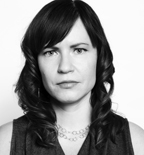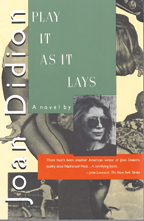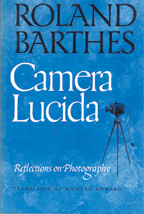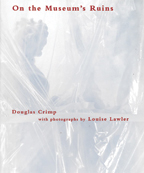« Art Critics' Reading List
ANNE ELLEGOOD
|
Anne Ellegood is the Senior Curator at the Hammer Museum in Los Angeles, where she has organized Hammer Projects with Diana Al-Hadid, Eric Baudelaire, Keren Cytter, Shannon Ebner, Friedrich Kunath, Tom Marioni, My Barbarian and Sara VanDerBeek, among others. She recently co-organized “All of this and nothing,” which featured 14 artists, including Karla Black, Ian Kiaer, Fernando Ortega, Paul Sietsema, Frances Stark and Kerry Tribe. Ellegood was selected by the Australian Council for the Arts to curate Hany Armanious’ 2011 Australian Pavilion for the Venice Biennale. She is currently co-organizing “Made in L.A.,” a large survey of artists living in Los Angeles. |






































